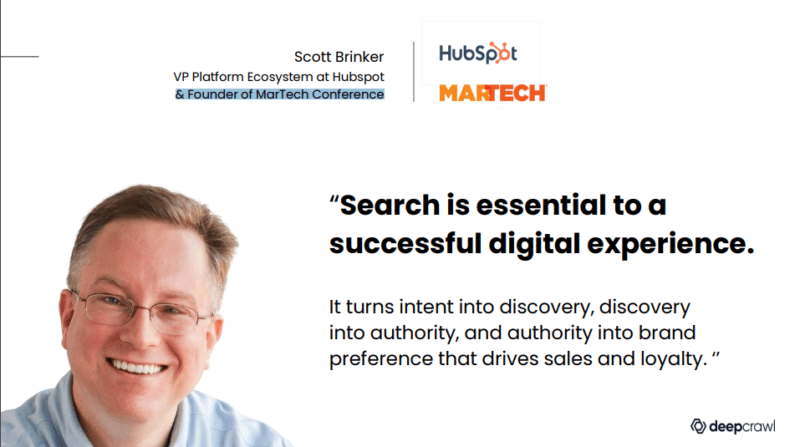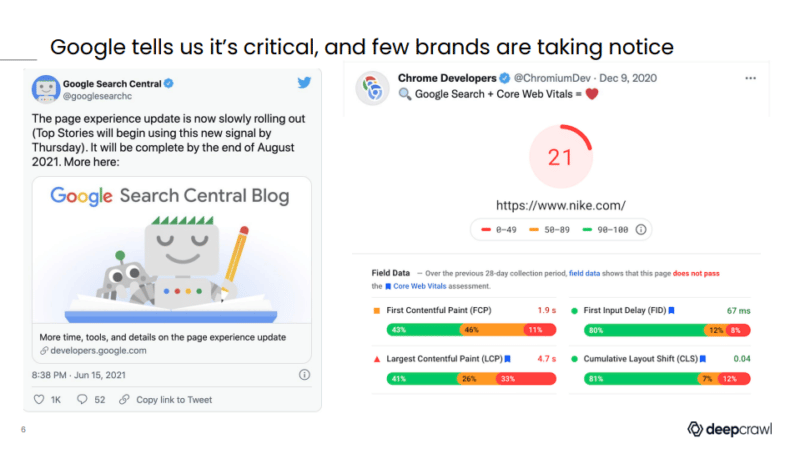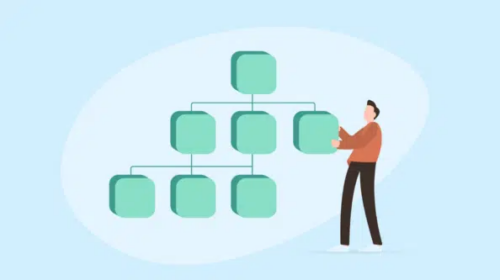How to build a long-term, search-first marketing strategy
A transformed digital landscape means marketers must think search-first.
He added, “Consumers begin their journey with the tool that many of us use hundreds of times a day. Thus, the connection to revenue becomes clear — it starts with search.”

The concept of digital transformation has been around for years, but it’s taken a whole new form in the wake of recent societal shifts. New technologies and the 2020 pandemic have led to a “greater focus on the need to drive optimal digital experiences for our customers,” says Dunham.
A brand’s website is often the first, and most lasting, impression customers will have of your organization. Here are some strategic actions he recommends marketers take to ensure their online properties are optimized for the search-first age.
Educate your team and higher-ups about the necessity of organic search
“The website is a shared responsibility and it requires proper strategic leadership,” Dunham said. “The first step is to take some time and educate yourself, your leadership, your board and your organization so they more broadly promote organic KPIs as business-wide objectives.”
“There’s great data out there on the impact of the efficiency of SEO as a low-cost acquisition channel,” he added.

Aside from sharing communication from Google on the importance of search from a business perspective, marketers can look for case studies from reputable organizations to encourage search prioritization. This can help higher-ups start seeing organic traffic as a key business metric.
“I was in a meeting recently and I had a digital leader say to me that you know website performance should not be an SEO metric — it has to be a business metric,” he said.
Create a cross-functional search ops task force
“Much of the data and insight generated by CEOs and their tools today are rarely utilized to their full potential,” Dunham said. “This is in part due to SEO not being seen as a business priority. As a result, it’s been siloed — pulling in teams from across the organization breaks down those silos.”
The more team members are involved with search processes, the more they’ll see its impact. People from each department will have more opportunities to contribute to growing online visibility using their unique skillsets.
“We know that businesses that are able to implement these organizational-wide search operations systems and practices — connecting a range of perspectives and search activities that are happening — are going to be the ones that will have a competitive advantage,” said Dunham.
Apply SEO testing automation
More and more brands are turning to automation tools to streamline tasks. According to Dunham, these solutions can be used for search-related activities as well.
“Automation can be well-deployed within web development processes,” Dunham said. “Until recently, this technology didn’t exist.”
Brands now have access to a wide variety of automation tools to streamline SEO-related tasks. The key is to pick solutions that align with your organization’s goals and give you full control over their deployment: “There are additional risk mechanisms that can be put in place to ensure you don’t release bad code that will result in large traffic losses, ultimately driving down revenue across your critical web pages,” said Dunham.
If brands can optimize their internal process, teams and tools around organic search, they’ll increase their chances of achieving long-term success in the search-first digital landscape.





